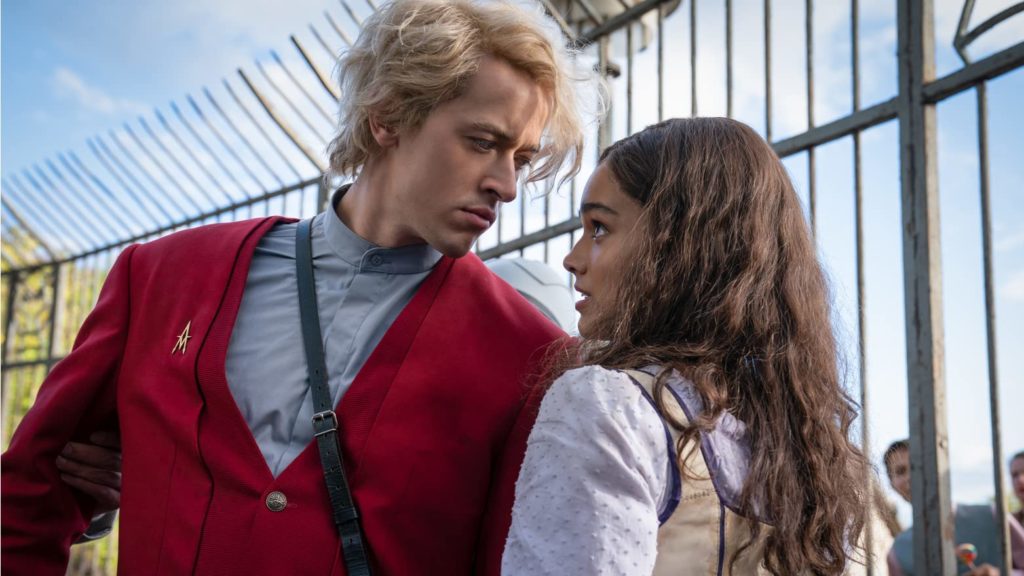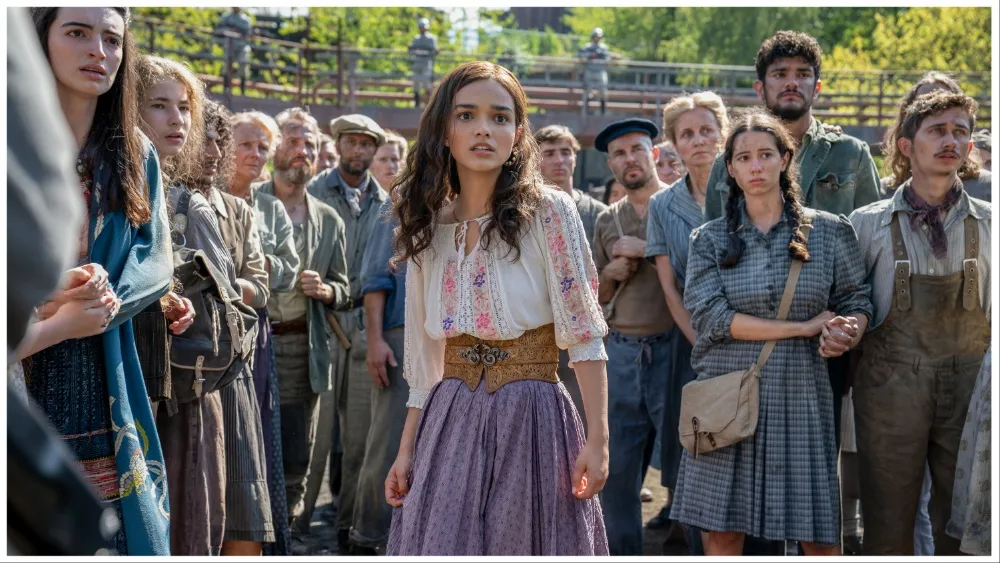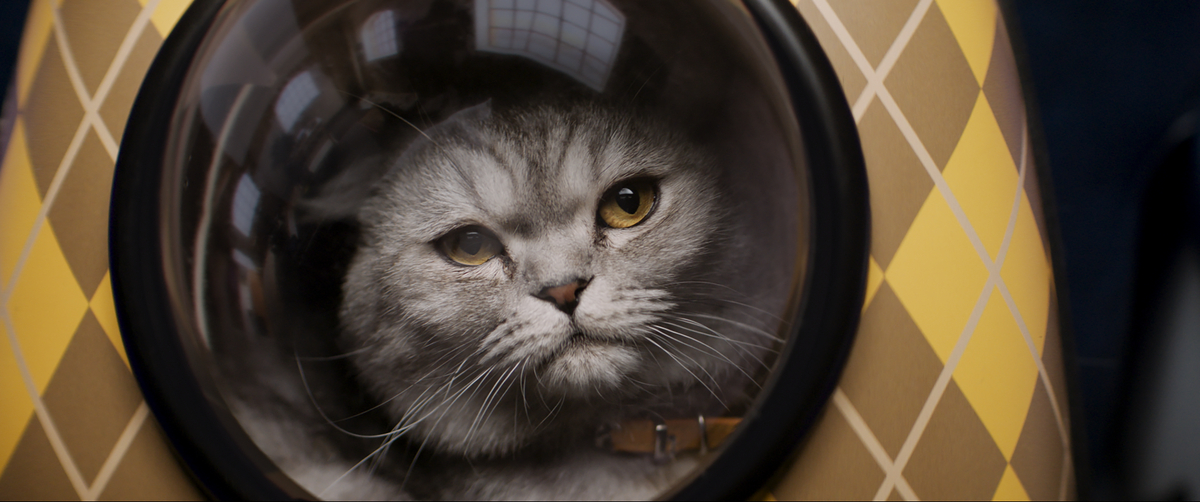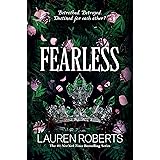The Hunger Games: The Ballad of Songbirds and Snakes Review – A Riveting Prequel Redefining Survival and Power
Dystopian narratives often mirror our gravest fears and deepest hopes, and “The Hunger Games: The Ballad of Songbirds and Snakes” arrives like a familiar yet unsettling dream. This prequel to the wildly popular “Hunger Games” series, directed with a blend of grandeur and introspection by Francis Lawrence, takes us back to the origins of Panem’s most chilling tradition. It’s a film that revisits the past and recontextualizes it, offering a fresh perspective on the familiar themes of power, survival, and morality.
The movie, set decades before Katniss Everdeen became a symbol of rebellion, centers on a young Coriolanus Snow, long before he rose to the presidency of Panem. This narrative shift is the film’s first significant departure from its predecessors. By focusing on Snow, played with a compelling mix of ambition and vulnerability by Tom Blyth, the film explores the complexities of a character previously seen only as a villain. This character-driven approach adds layers to the “Hunger Games” universe, providing a nuanced look at how power and desperation can shape a person.
Visually, the film is a feast. The Capitol’s opulence contrasts starkly with the districts’ desolation, a disparity that has always been central to the “Hunger Games” narrative. However, in “Songbirds and Snakes,” this contrast is more pronounced, almost operatic in its execution. The cinematography, rich in color and texture, creates a visual narrative that complements the story’s emotional beats. The costume design deserves special mention, with each outfit reflecting not just the extravagance of the Capitol but also the evolving personas of the characters, particularly Snow’s transformation from a student to a burgeoning political figure.
The film’s pacing, however, is where it falters. In its attempt to cover the breadth of the novel by Suzanne Collins, certain plot points feel rushed, leaving little room for the audience to ponder the moral complexities presented. This is particularly evident in the portrayal of the Games themselves. While the novel delves into the psychological aspects of the participants and the Games’ impact on society, the film struggles to balance spectacle with introspection, often leaning too heavily on the former.


That said, the film breaks the mold in its treatment of violence. Unlike its predecessors, where violence was often direct and brutal, here it is more insidious, woven into the fabric of the society. This subtler depiction of violence reflects the film’s overall approach to its subject matter – it’s less about the spectacle of the Games and more about the undercurrents of power and manipulation that make them possible.
The performances are another highlight. Blyth’s portrayal of Snow is a delicate balance of charm and menace, capturing the character’s complexity. The supporting cast, including Rachel Zegler as Lucy Gray Baird, brings depth to the narrative, each character adding a piece to the puzzle of Snow’s transformation.
“The Hunger Games: The Ballad of Songbirds and Snakes” is a film that both honors and expands its source material. While it stumbles in its pacing and sometimes struggles under the weight of its ambitious narrative, it offers a fresh perspective on a familiar story. It’s a film that will resonate with fans of the series and newcomers alike, providing a thought-provoking look at the themes that have made “The Hunger Games” a modern classic.
RATING: 4.0 out of 5.
The Hunger Games: The Ballad of Songbirds and Snakes is in theaters November 17th, 2023.
Apple EarPods Headphones with Lightning Connector, Wired Ear Buds for iPhone with Built-in Remote to Control Music, Phone Calls, and Volume
$15.96 (as of April 5, 2025 09:40 GMT -07:00 - More infoProduct prices and availability are accurate as of the date/time indicated and are subject to change. Any price and availability information displayed on [relevant Amazon Site(s), as applicable] at the time of purchase will apply to the purchase of this product.)Summer Tops for Women 2025 Trendy Short Sleeve Cotton Linen Shirt Casual Button v Neck Tunic Blouses Outfits
$8.99 (as of April 5, 2025 09:39 GMT -07:00 - More infoProduct prices and availability are accurate as of the date/time indicated and are subject to change. Any price and availability information displayed on [relevant Amazon Site(s), as applicable] at the time of purchase will apply to the purchase of this product.)Fearless (The Powerless Trilogy)
$16.65 (as of April 5, 2025 09:39 GMT -07:00 - More infoProduct prices and availability are accurate as of the date/time indicated and are subject to change. Any price and availability information displayed on [relevant Amazon Site(s), as applicable] at the time of purchase will apply to the purchase of this product.)Mobil 1 Advanced Fuel Economy Full Synthetic Motor Oil 0W-20, 5 Quart
$27.97 (as of April 5, 2025 09:40 GMT -07:00 - More infoProduct prices and availability are accurate as of the date/time indicated and are subject to change. Any price and availability information displayed on [relevant Amazon Site(s), as applicable] at the time of purchase will apply to the purchase of this product.)Cottonelle Fresh Feel Flushable Wet Wipes, Adult Wet Wipes, 8 Flip-Top Packs, 42 Wipes Per Pack (336 Total Wipes), Packaging May Vary
$13.96 (as of April 5, 2025 09:40 GMT -07:00 - More infoProduct prices and availability are accurate as of the date/time indicated and are subject to change. Any price and availability information displayed on [relevant Amazon Site(s), as applicable] at the time of purchase will apply to the purchase of this product.)Auto Amazon Links: No products found. (69 items filtered out)











 OpenCritic
OpenCritic
Really enjoyed your review! The Hunger Games series is one of my favs. Keep up the good work, but check your spelling next time.
Though it was a bit slow at times, but overall a solid watch.